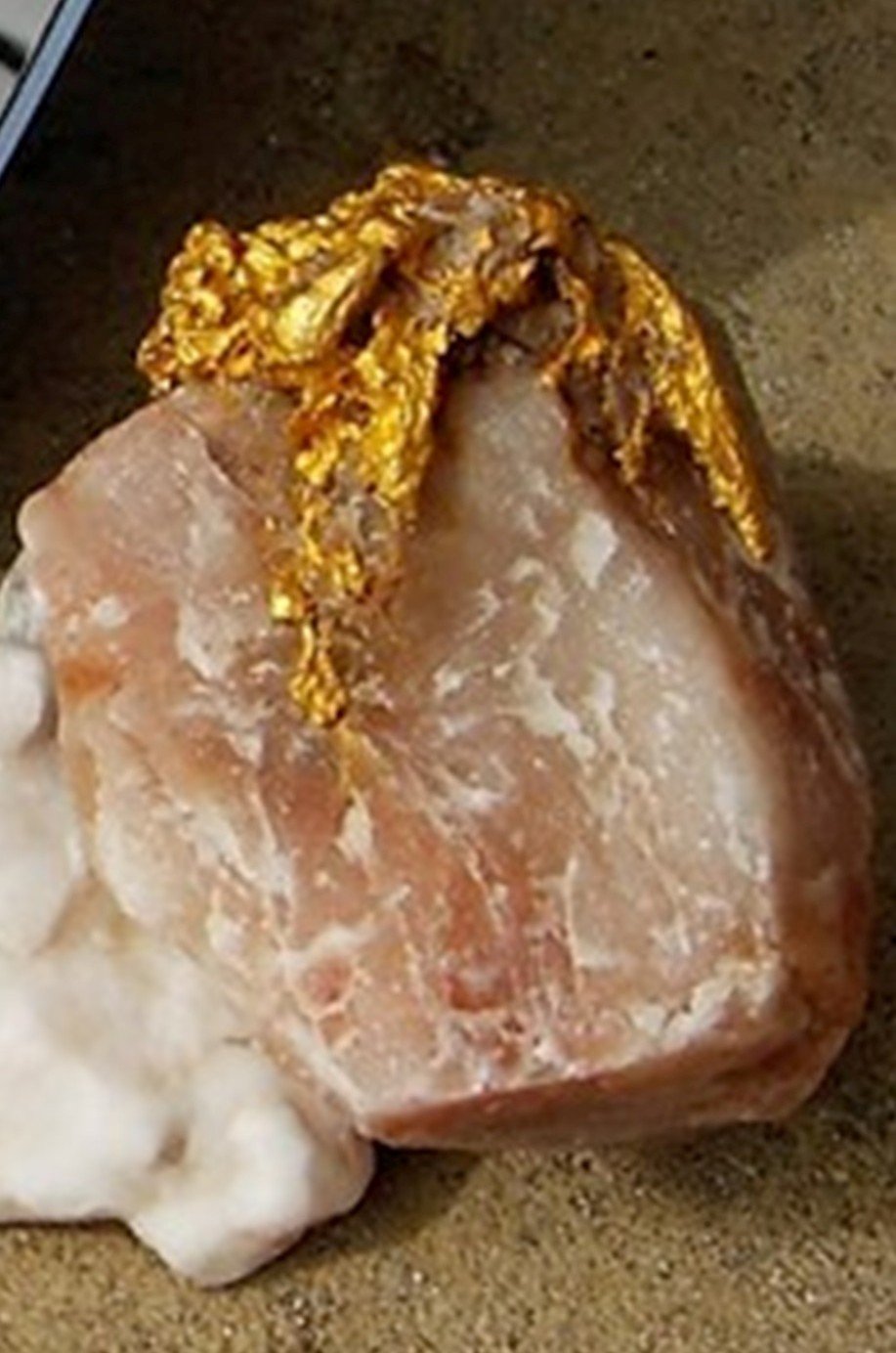Have kept all my species, have never crushed any.
Arrived at a destination with rain tumbling down all night. Radio next morning warned of flooding in the area.
Had a quick swing before packing up tent then skedaddled out of there.
Skidded off the road in my then 2002/ 5 month old ute, fortunately got under way again without damage other than very muddy and dirty.
Found this, my favorite named the "Octopus". 308g specie with 53g/AU.
Will be very handy sale in the future if another type of "rainy day" sets in.

Arrived at a destination with rain tumbling down all night. Radio next morning warned of flooding in the area.
Had a quick swing before packing up tent then skedaddled out of there.
Skidded off the road in my then 2002/ 5 month old ute, fortunately got under way again without damage other than very muddy and dirty.
Found this, my favorite named the "Octopus". 308g specie with 53g/AU.
Will be very handy sale in the future if another type of "rainy day" sets in.





